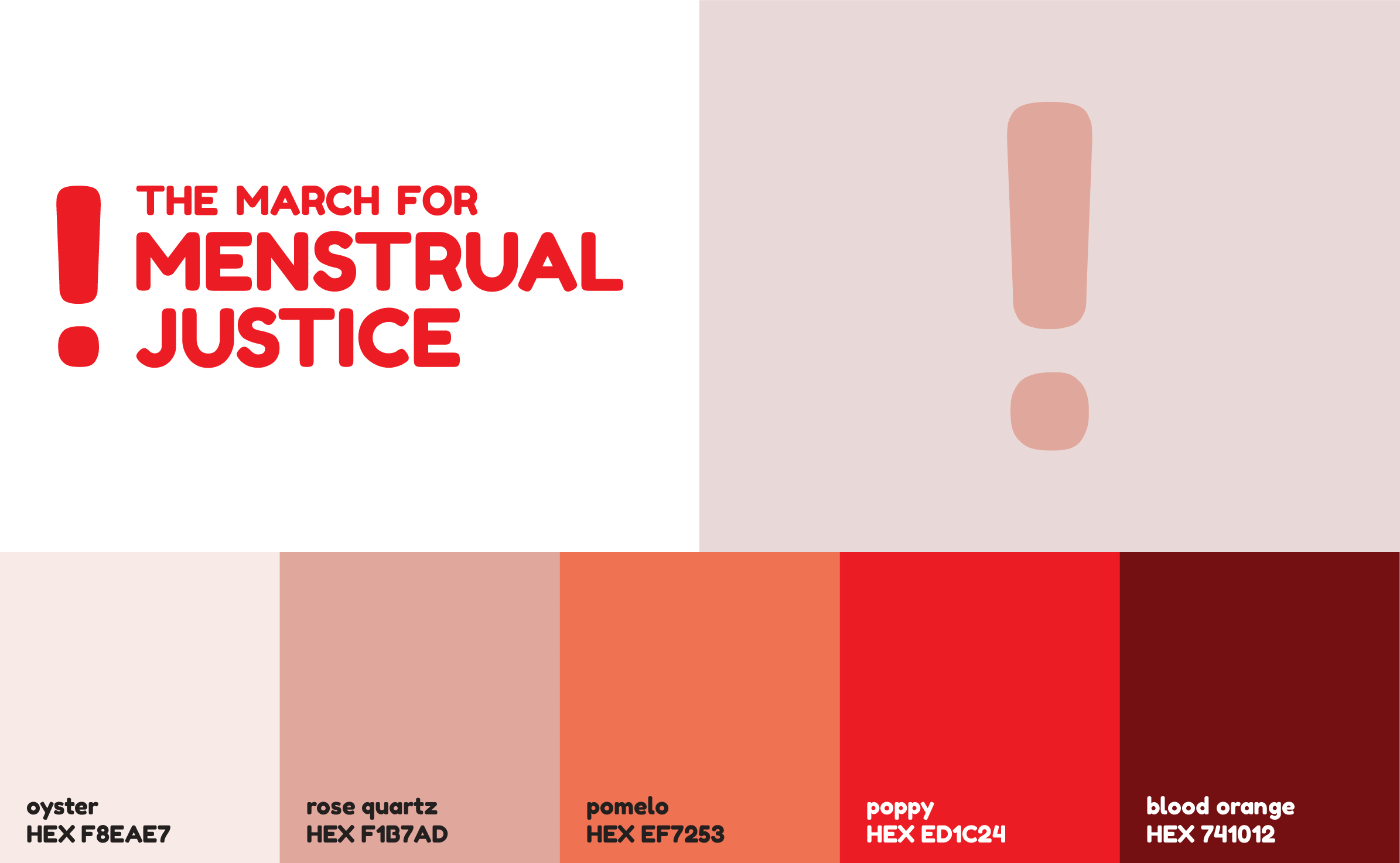THE ASK
-
People have periods — 1.8 billion people in the United States, to be exact. Periods have been a monthly occurrence in the reproductive lives of most people with ovaries since humans walked upright on the planet. Historically, menstruation has been the reason societies limited the participation of women, girls, transgender, and non-binary folks at school, work, and social functions. A person with a uterus has a period for approximately 40 years of their life. That’s 2,300 days of bleeding. It’s also no secret just how expensive they are. Over a lifetime, people with periods can spend up to $7,000 on tampons, pads, and liners. These costs don’t even begin to include pain killers, heating pads, or birth control. And what happens when someone simply can’t afford that? Enter period poverty.
This is a lack of access to menstrual products, hygiene facilities, waste management, and education. These barriers can be social, cultural, emotional, and political. 500 million people with periods are affected by period poverty and 17 million of them live in poverty. More than half of those living in poverty have had to choose between food and menstrual products. Studies also show that 15% of college menstruators experienced period poverty in the last year, with 10% of them experiencing this monthly.
THE OPPORTUNITY
-
One of the biggest reasons for period poverty is the “Tampon Tax.” In 22 states, menstrual products are subject to taxes up to 7%. These products are an unavoidable cost, and they present an even bigger strain on those with lower incomes.
Organizations like Period.org and the Alliance for Period Supplies recognize this issue and are actively fighting against it. And other stakeholders include legislators, brands, influencers, public health departments, medical professionals, and legal professionals. They’re doing the work. Alone, they use their individual resources, access, and reach to build community and to amplify the cause, but it needs to be louder.
The movement needs to go from discrete to demanding. The movement needs to go from combating period poverty to achieving menstrual justice.
There’s an opportunity to push the urgency of the movement, to reframe the language used when talking about period poverty, and provide some much needed support to those suffering from it.
THE SOLUTION
-
This movement, coined the March for Menstrual Justice, aims to draw legislative action and the removal of the Tampon Tax from the remaining states by demanding period equity as a matter of justice. The pillars: advocacy, access, and education, ladder up to that same goal — providing accessible and affordable period products for all. The exclamation point, used as a brand symbol and shaped like a pad, exemplifies the energy and urgency of the cause. The variations of red in the color palette represent the range of people who menstruate and — more obviously — different colors of blood. The brand typeface is Fredoka, a round sans serif matching the boldness and texture of the movement. The brand’s imagery style moves away from the unrealistic depictions of women frolicking through flowers in white pants, instead showing what menstruation really looks like and real people experiencing it. The language of the movement is welcoming and inclusive, reminding supporters that people menstruate, not just women.
Focusing on gathering, educating, and activating audiences, The March for Menstrual Justice WIll be held on World Menstrual Hygiene Day, aiming to unite menstruators and allies who are passionate about the demands for menstrual justice. The march will first take place in major cities of states where the Tampon Tax is still in effect, keeping in mind that the removal of that tax will create period equity. Experts like Congresswoman Grace Meng, who introduced the Menstrual Equity for All Act in 2019, and Jennifer Weiss-Wolf, a lawyer and writer dubbed the “architect of the United States campaign to squash the Tampon Tax,” will speak at the march, bringing education about menstrual justice to the masses. Partnering with brands like Thinx, Cora, Saalt, and August will provide access to period products to march attendees that may not be able to afford them. Outside of the march, the movement will activate on key dates like International Women’s Day, Women’s Equality Day, and Trans Day of Visibility to keep the conversation going as we work towards period equality.
THE TEAM
-
strategy + design: Ana Rice
strategy: Carolina Torres, Madhavi Menon, Prachi Mevada, Reema Mehta






